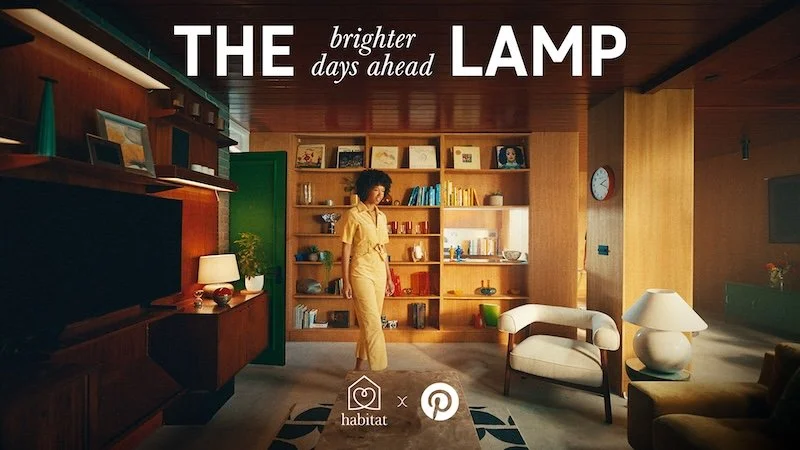Three ways online stores can combat Covid and maximise conversion
By Biki John, Senior Content Marketing Manager at Fit Analytics
So far, the pandemic has driven a lot of retailers to close their physical stores and concentrate on their online channels, leading to an increase in online retail shopping.
McKinsey’s US consumer behaviour survey conducted in July confirms this by sharing that post-crisis, consumers intend to stick to the behaviours they adopted during stay at home orders which includes less store visits and more online shopping.
This article explores the different ways savvy retailers can meet their customers’ needs and increase conversion (which ultimately leads to sales) in a post-Covid world.
1. Diversify the omnichannel experience
With the shift online, brands that are able to meet the current needs of their customers through various channels have a better chance of survival. One of the more prevalent retail questions currently being asked was voiced by Bonobos’s Chief Executive, Micky Onvural, “How do you bring the best of a real world experience into a digital experience?”
The answer to this lies in the omnichannel commerce approach. Since Covid struck many retailers feel the financial sting due to in-store restrictions that affect footfall.
According to the technology experts at Creatuity “omnichannel commerce is a multichannel approach to sales that focuses on creating a seamless customer experience, whether the customer is shopping online, on a mobile device, or in a physical store.”
The thought behind this is if the shopping experience is ideal on all channels, this will increase the conversion rate and strengthen customer loyalty.
There is no doubt that Covid restrictions have forced the public to look for ways and tools to make their lives easier. When it comes to retail, this means going digital. In response to this, brands need to ensure that customers are able to move across their digital channels as smoothly as possible.
For example, when dealing with a brand the following omnichannel options should be available:
Ordering online (via online store or native app) and picking up the item in a store
Ordering online, doing an exchange in the store and having a part of the purchase delivered
Discussing the item in-store, ordering it online and having it shipped
The pandemic does threaten the full revenue potential of retail brands, however it also poses opportunities. Like the above three shopping scenarios suggest, retailers that want to stay afloat should look into increasing their channels to allow for more sales opportunities.
Omnichannel technology will play a key role in harmonising the different platforms. For example, in response to their physical stores getting shut down, Kendra Scott (Texas-based accessory retailer) invested in an order management system that allowed them to transform their stores into distribution centres.
Even though e-commerce may be acting as a life belt for brands right now, it doesn’t mean that bricks and mortar stores should be left high and dry. Now is a good time for brands to uplift their physical stores.
One way of doing this is to ensure optimal web and store inventory integration so that stores can deliver efficiently when executing online orders. Making it easy for a customer to buy online and pick up in-store (BOPIS) will serve a brand well in the age of the ‘new normal’ we are living in.
Furthermore, being able to dispatch products from nearby stores as opposed to far-off distribution centres will reduce delivery costs and provide quicker delivery turnarounds. A benefit to the bottom line for stores and increased satisfaction and loyalty for shoppers.
Brands are also advised to offer personalisation opportunities on their digital channels to bring a supportive in-store quality to their customers. Some of the different ways brands can offer personalisation opportunities to their customers include video conferencing, virtual fitting room, style advising, and live streaming.
2. Elevate the digital experience
According to McKinsey, “e-commerce sales in apparel, department stores, and beauty products have increased by nearly ten percentage points, on average, since the onset of the pandemic.”
Petr Svoboda (CEO, Shopsys) firmly believes “that the effects of this pandemic will fundamentally alter customers’ buying habits, and even after this has passed customers will prefer online shopping significantly more than they did before”.
He predicts that “online sales experiences will likely be highly valued as the economy tries to recover from a new recession, even though it will predictably come at the expense of traditional retail stores.”
This is a time for retailers to follow the customer and if the growth of online retail sales during the pandemic are anything to go by - apparel brands will need to readjust their budget so that their digital channels are fully optimised.
With the fear of entering malls, stores, and fitting rooms soaring high amongst the public, brands should make it easy for customers to be aware of their digital alternatives.
Retailers should also strengthen the buyer experience on their social media sites. For example, the image-focused composition of Instagram makes it a key tool for apparel retailers to focus on.
Featured products should appear in an attractive manner with the necessary information (e.g. style, fabric etc.) and everything should be set up so the user has a seamless journey from the time a product is spotted to payment.
Retail brands should also ensure that all their digital channels are optimised for digital shopping. This means factors like delivery time, customer service, marketing messages and site speed must be impeccable.
3. Adopt Fit Finder
One of the reasons shoppers prefer in-store over online purchasing is the need to try on clothes to get their ideal fit. In a post-Covid world, in-store challenges like fitting room closures and long changing room queues (in stores that offer fitting rooms) have driven shoppers to go digital.
This makes it the opportune time for retail brands to utilise technology in finding innovative ways to offer shoppers the perfect fit online. Retailers know that if their digital stores offer accurate fit support, the higher their conversions are likely to be which will impact revenue, and the more loyal their customers will become.
During these uncertain times, choosing the right technology that best combats the challenges brought about by Covid may seem overwhelming. When looking for the best solutions that offer elevated user experience and increase the likelihood for conversions - there may seem to be a lot of options out there.
Fit Finder prevails amongst its peers because it’s powered by advanced machine learning algorithms and the apparel industry's largest dataset. It is a solution that delivers data-driven size and product recommendations that are easily understood by end users.
The size advisor is tailored to help you find your fit and was created by software company, Fit Analytics. It’s complete coverage of men, women, and children across all categories of apparel and footwear makes the intuitive solution indispensable.
Since its launch in 2013, Fit Finder has helped renowned retail brands like Asos, Tommy Hilfiger, and Aeropostale reduce returns and increase conversions.
As the ‘new normal’ continues to unfold, the needs of customers will continue to evolve. To increase the chance of survival, retailers will need to use creative and innovative methods to ensure they offer a desirable customer experience on all their channels.










Continue reading…